The Snow Cone: It All Rests On Faith
Charlie thought some more about this idea of cause and effect, this underlying law of all subject-object metaphysics as Pirsig[1] defined it. This premise that in fact reality was represented only by things you could touch, see, taste or hear; or the perception of the world around us via the 10 Indriyas, five for internal processing and 5 for external processing (yes that means poop). The invariant objects as perceived by the human mind/body complex as described by Bohm. And in this model, this framework or map within which we all perceive the world around us, despite the fact that quantum theory tells us that the invariant was in fact quite variant, and that reality is more accurately described as a potentiate quantized state rather than a definite concrete system of objects in a well defined place and time, we all nonetheless have this blind faith in the reality of cause and effect and the absolute truth in the existence of the material world.
This basic principle of the behavior of interacting things and correlation, that are real and can be perceived or measured by our senses or extensions thereof, is a core part of the model or map of the world which we all carry around with us through our daily lives. Altogether reflected and built upon the rock of our foundation of modern day science and physics, namely Newton’s laws of motion, the most notable of which being every action has its own equal and opposite reaction. It was this model, these underlying assumptions that in turn led Gavin to postulate that it was only this verifiable set of perceived reality upon which any truth could be constructed, that anything other than this was purely subjective and must be categorized as an emotional experience not to be confused with hard reality. And Charlie thought the best way to describe this paradox, this implicit irony of the premise upon which Gavin rested his arguments, was to relay the story of the Snow Cone. For Gavin for sure knew what the Snow Cone was, and why it was so critical.
As the story goes…. they sat in the back of the car on the way home from training. It was Hawaii, one of the legs of the Satellite tournament that took you through a few Hawaiian Islands, not a bad stop for a few weeks. It was the tail end of the US circuit, and a pretty big trip right at the end of the year, so it wasn’t a bad place to pick up points. Most of the solid players were off playing larger tournaments for more money or more points, and the rest of the big boys were winding down their year. They were coming back from a training session, back from the courts. Gavin had been doing well that week, he’d won a few big matches. And on their way back from the courts, Charlie could remember them talking about practice, and about ritual and habit, and what the ingredients of Gavin’s success during the past few days might be stemming from.
Gavin stated jokingly, almost confessionally, “Well I had this snow cone the night before my first round, and I played a great match. So of course before my second round I had to go back to the same little shop and get my snow cone. Low and behold, I took my second round opponent apart as well. And well then there you have it.”
Charlie and their other training partner laughed. Of course, they all knew. As professional athletes they all knew the importance of habit and ritual. They were superstitious as the non-athletic world used to term them. And they were. Most certainly. But it was not a religious belief per se. It was a belief in the natural order of things in the universe, of the belief in cause and effect. An extension of Newton’s laws of motion and interpreted into their own daily lives.
And that was when Charlie stated matter of factly, “If you think you’ve won because of the snow cone, then you have won because of the snow cone.” And there it was. No plainer truth had ever been told really. Like saying, “it is what it is”.
But Charlie thought about now after the fact. That habit of getting that snow cone the night before matches, that ritual, just how significant was it as it related to your performance and success on court the next day? It was an interesting question really. But what it boiled down to, was that the determining strength or correlation of the cause and effect relationship, was absolutely and most certainly tied to the individual’s belief in the relationship. It was the belief that drove the truth to be self evident, for without the belief, the snow cone simply represented a matter of chance that happened to occur, lying outside of the primary cause of the on court performance.
It was that simple really. People talk about how athletes are superstitious. It’s because they understand the interconnectedness of everything, they see it in their quest to control and manipulate the world around them. They don’t necessarily stop and think about it, break it down like that, but that’s the core of it. They know that in order to become the athletes that they are, in order to achieve levels of performance that most would not even be able to dream about much less execute on, they must train and practice, over and over again, until the training becomes habit and the preparation leads to performance, and there is no doubt left, they just drop into the place where one action follows the next. Their ritual. The Zone, where the body/mind system transcends thought and simply acts and reacts, with some level of strategic processing allowed to continue to direct and orchestrate the big picture items such as stamina, strategy adjustments, etc.
In the case of professional tennis: to shape matches, subject-object behavioral systems at their most raw, into Wins and ultimately points. It was their belief system that drove them to practice, to do whatever it took to drive peak performance on a regular basis. If you could do it, if you believed it was a core ingredient to your success, then you must do it. No question.
If you think you’ve won because of the snow cone, then you have won because of the snow cone.
That was what they had decided. In fact, it was simply truth. They were just stating it. Establishing its credence as had been done by so many athletes before them. And this simple truth had its basis in the context of rational and physical reality models that they had learnt growing up, at school and otherwise, in all of the different countries and cultures that represented modern day Western society. The model, the map, was the same. And no one knew how to navigate this map better than the professional tennis player, who had only himself to rely on to create the effortless beauty of striking a tennis ball with microscopic precision over and over again until you beat your opponent into submission with that very same beauty like beating a horse to death with a stick. And that beauty was mental as well as physical, and all of the things that required the athlete to do to achieve that level of performance which were absolutely essential.
Like the snow cone for example.
So Charlie took this snow cone principle as it were, and broke it down. What about this direct relationship of cause and effect? Which at some level you could argue did describe elegantly the small interrelationships of all actions or events. Was the principle off somewhat? Did it need revision? Or was it quite simply that we had taken the model too far? Mistaken the map for the territory as it were, to borrow Pirsig’s metaphor. Charlie considered that the relationship was deeper than Newton implied, more subtle and more complex. And Charlie knew that modern day Physics was exploring this complexity at the subatomic layer, which had very different laws that governed the behavior of systems. In the subatomic world, directly called out the act of the perceiver, and had to recognize that the act of perception itself, the observance of a given system, had its own specific effect on the system itself and was a determining factor in the outcome of a given event[2].
… the indivisibility of the quantum of action, which implies that when we observe something very precisely at the atomic level, it is found that there must be an irreducible disturbance of the observed system by the quanta needed for such an observation (the fact behind the derivation of Heisenberg’s famous uncertainty principle)[3]
So what you were left with quite simply was… if you think you’ve won because of the snow cone, then you have won because of the snow cone.
[1] http://en.wikipedia.org/wiki/Zen_and_the_Art_of_Motorcycle_Maintenance: Zen and the Art of Motorcycle Maintenance: An Inquiry into Values (ZAMM) is a 1974 philosophical novel, the first of Robert M. Pirsig‘s texts in which he explores his Metaphysics of Quality. The book sold 5 million copies worldwide. It was originally rejected by 121 publishers, more than any other bestselling book, according to the Guinness Book of Records. The title is an apparent play on the title of the book Zen in the Art of Archery by Eugen Herrigel. In its introduction, Pirsig explains that, despite its title, “it should in no way be associated with that great body of factual information relating to orthodox Zen Buddhist practice. It’s not very factual on motorcycles, either.”
[2] Referring to Heisenberg’s uncertainty principle and wave (pilot-wave) theory.
[3] David Bohm, ‘The Essential Bohm’. Pg 72.


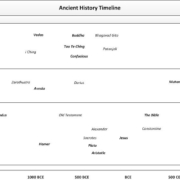
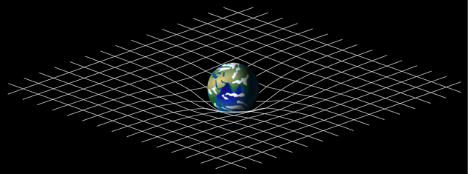
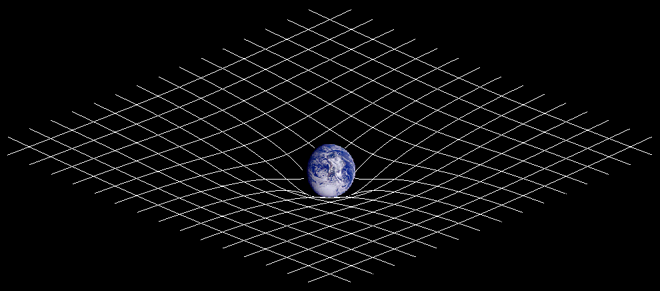

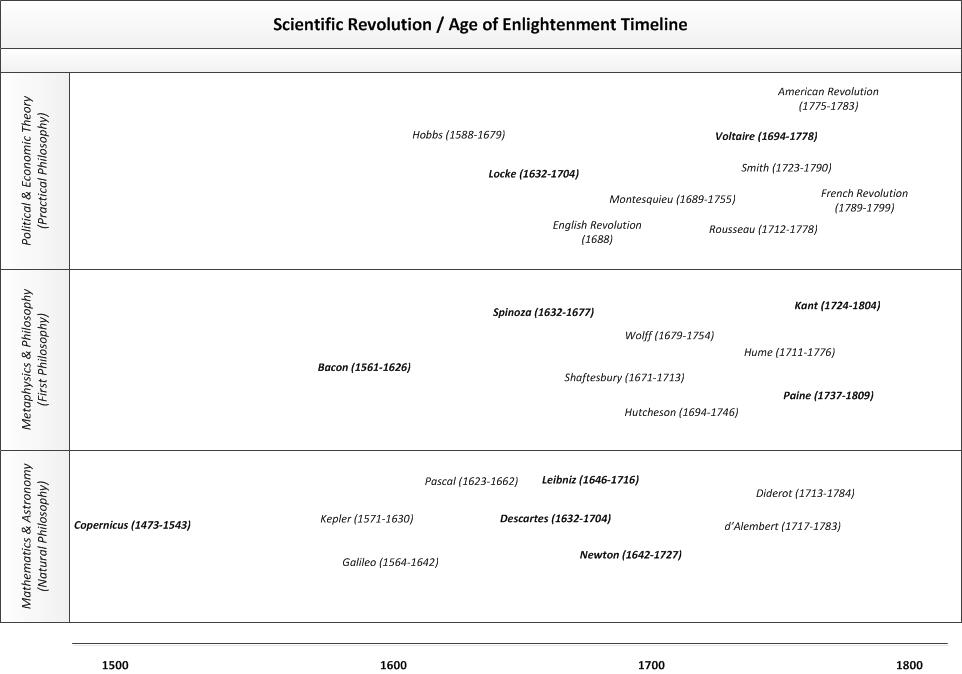


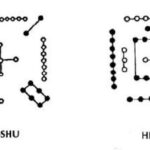
You ever drop Acid?
Sent from my iPhone
>
if I have I can’t recall 😉
Great read my friend
thx brother. An exercise of Fate 😉
I just came upon this from a Google search. I had decided that everything rests on faith and so I googled that and…….. anyway, thank you! I loved Pirsig and I’ll have to bookmark this…
Certainly when it comes to religious matters that seems to be the case. Probably extends to all non empirical subjects… thx for comment